If you've ever wondered, what is an inverter and why it’s such a critical part of modern energy systems, you’re not alone. Inverters are integral to many of the devices and technologies we rely on every day. From solar power systems to home appliances, they quietly convert electricity in ways that make our gadgets and grids work smoothly. But what exactly do they do, and why are they so essential?
Understanding What an Inverter Is
The inverter on its pure surface is a machine that converts the most basic forms of electricity, direct current (DC) with alternative sources such as batteries and solar panels, into an output of electricity in alternating current (AC), which is the form under which most household and grid appliances work. Take, for example, solar panels: they produce DC electricity; houses consume AC. Hence, the inverter is vital to convert energy into consumption for everyday use. You can think of it as a translator: without it, the power generated by renewables would not be compatible with the systems in place to use it.
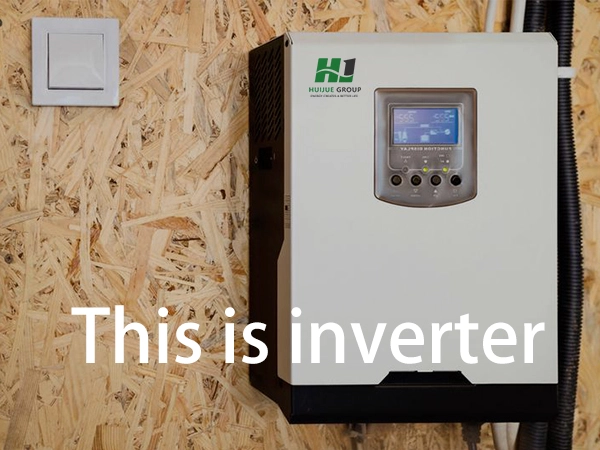
How Does an Inverter Work?
An inverter's primary function is to convert direct current into alternating current. The importance of that simple fact may not be obvious. AC is the kind of current present in the electrical contacts at home, making it able to run the long transmission lines without much loss; this is why your solar panels or batteries would otherwise just be uselessly stuffing away all that energy without AC conversion into your fridge or lights.
This is how it breaks down simply:
- Input DC: The inverter receives DC current from sources such as solar panels or batteries.
- Conversion Process: The conversion inside the inverter happens through an electronic switch that quickly reverses the direction of the current to create waveforms that simulate an AC.
- AC Output: The resulting AC is then wired to energize your devices or to channel into the grid.
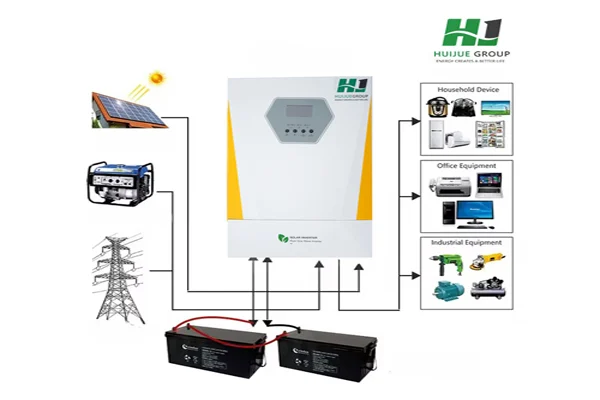
Functions of inverters in solar systems
Why Are Inverters So Important?
Inverters are not only about converting electricity; they also convert powering system with maximum efficiency. In modern systems, inverters integrated with smart feature and energy monitoring, power optimization, and grid balance are normal. It can change according to many loads and conditions to supply to load efficiently and smoothly, even at times when energy supply fluctuates.
A smart inverter, for instance, in a solar power system, makes sure that excess energy generated during sunny days is either stored in a battery for future use in your house or fed back to the grid, which may potentially lessen your energy bill. But perhaps here's a question this has to raise: Could further progressive integration of renewable energy sources into our power grids make inverters all the more central to how we manage energy flow?
Types of Inverters
While there are many different kinds of inverters available, the type of inverter you want will definitely differ by application. Here are some basic types:
- Grid-Tied Inverters: For systems, which are connected to the power grid, using them so you can send back any excess electricity, and perhaps earn credits.
- Off-Grid Inverters: Specific part for systems that relate to remote cabins or emergency backup systems and do not connect back to the power grid-these inverter models are designed to work solely.
- Hybrid Inverter: Name itself describes hybrid inverter capability to deal something like solar panels or batteries along with connection to the grid.
In a real-life example, the Inverter With Battery + Solar Module Integrated Machine of Huijue Group is a hybrid configuration that works on solar energy completely alongside backup power storage to provide smooth power in grid down conditions. It combines the features of one product into multi-faceted use: solar self-consumption and emergency readiness.
Inverter Efficiency and Power Quality
Inverter efficiency is critical. The better the inverter, the more DC power will be transformed into usable AC power with little loss. Inverter efficiencies are rated. For example, the modern inverter reaches as high as 98% efficiency, i.e., it wasted less power over the conversion process.
The efficiency of inverters is their only feature. They improve power quality in addition. The output is like a smooth sine wave shape of electricity as in the grid, and these attributes reduce the electrification noise or disturbances caused to sensitive electronic equipment, but not all inverters are that way. Some are provided with additional facilities like harmonic filtering, which improves power quality.
How to calculate the required inverter capacity?
First, you need to determine the total power consumption of the appliances you plan to run with your solar inverter. Below is a list of power consumption for some common household appliances:
Refrigerator = 200 Watts
Microwave = 1000 Watts
Washing Machine = 500 Watts
Air Conditioner (window unit) = 1200 Watts
Laptop = 50 Watts
Smartphone Charger = 10 Watts
Imagine you want to power 1 Refrigerator, 1 Microwave, 1 Washing Machine, 1 Air Conditioner, 2 Laptops, and 3 Smartphone Chargers. The total power consumption would be calculated as follows:
(1200 + 11000 + 1500 + 11200 + 250 + 310) = 3010 watts.
Now, let's calculate the required inverter size. While an inverter's ideal efficiency is 100%, the actual efficiency typically ranges from 90% to 96%. For this example, we'll use an efficiency rate of 92%, which is a common efficiency for modern solar inverters. The formula to calculate the required inverter size is:
Inverter Required Size = Total Power Consumption / Efficiency
Using the example above, where the total power consumption is 3010 watts and the efficiency is 92%, the calculation would be:
Inverter Required Size = 3010 / 0.92 ≈ 3275.0 VA
It's recommended to choose an inverter with a slightly higher capacity to account for peak loads and future expansion. For instance, a 4000 VA inverter would be a prudent choice. Solar inverters are a cost-effective and reliable solution for harnessing the power of the sun.
At Huijue, our inverters are engineered for peak performance and longevity. Visit our inverters for high-efficiency solar inverters designed to meet your home energy needs.


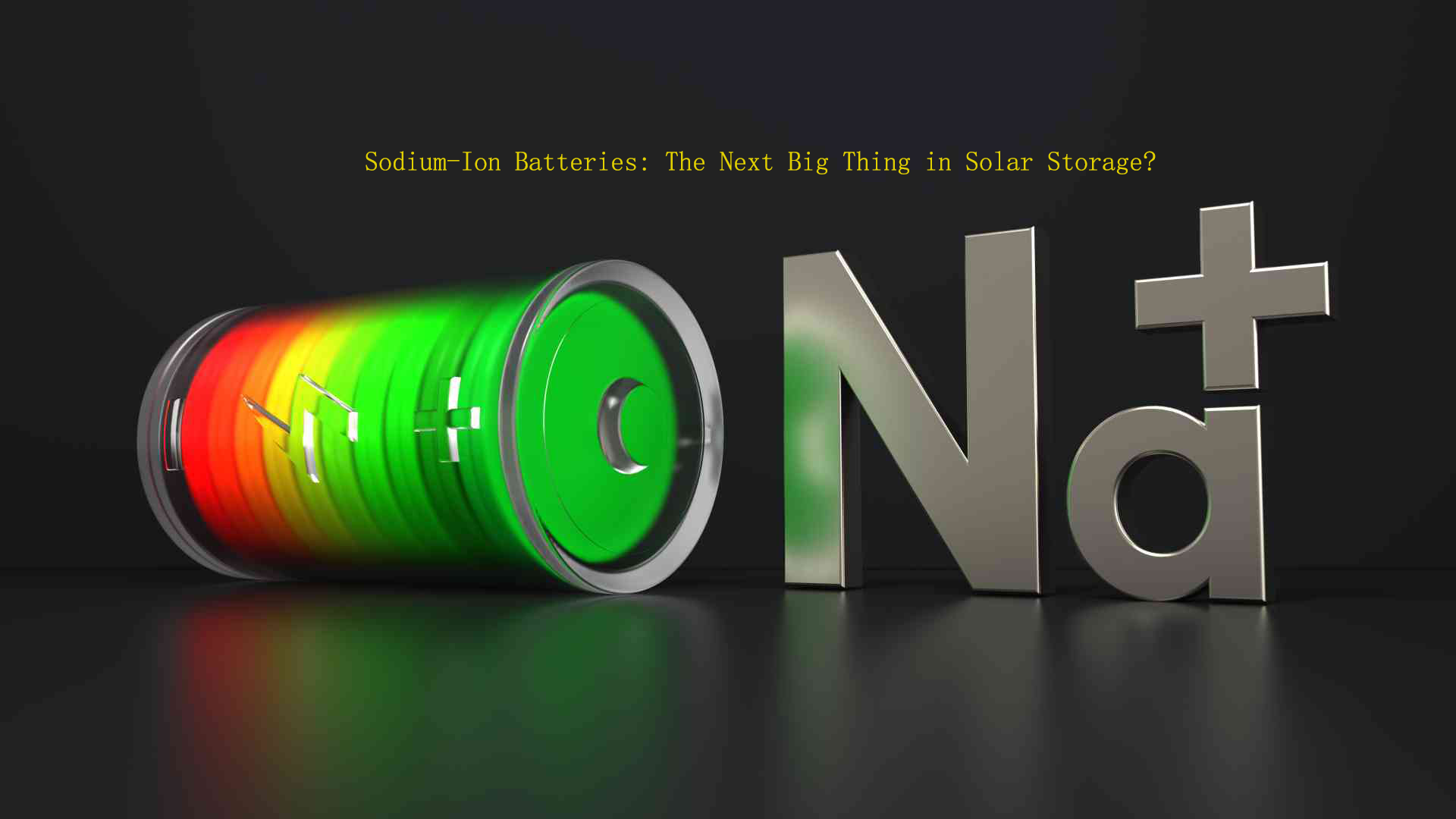
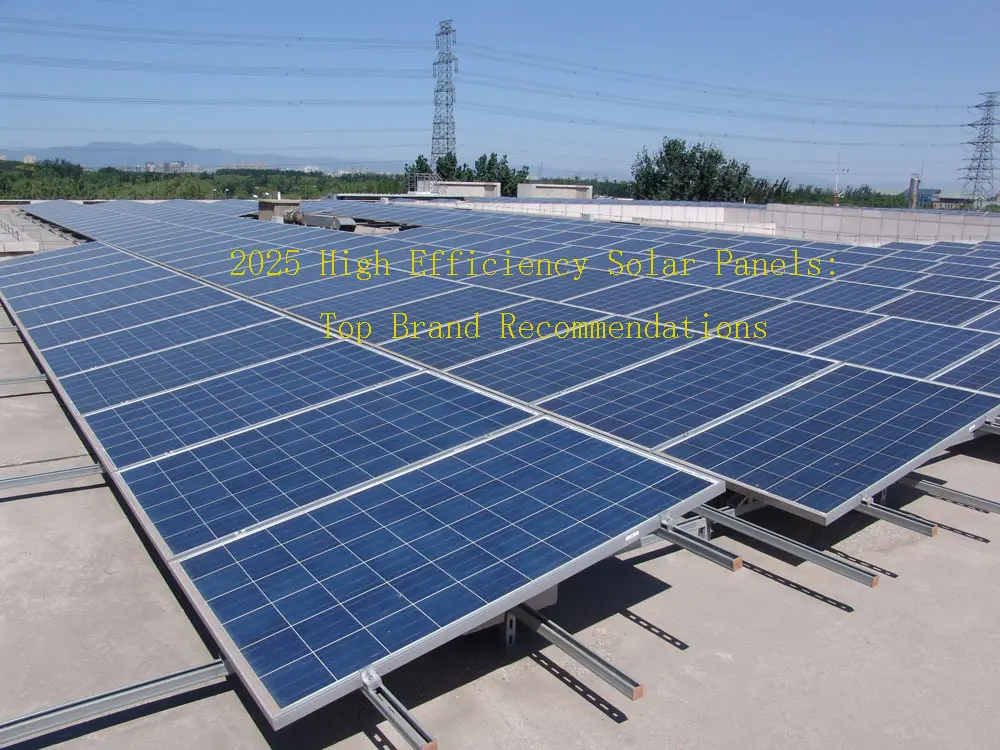
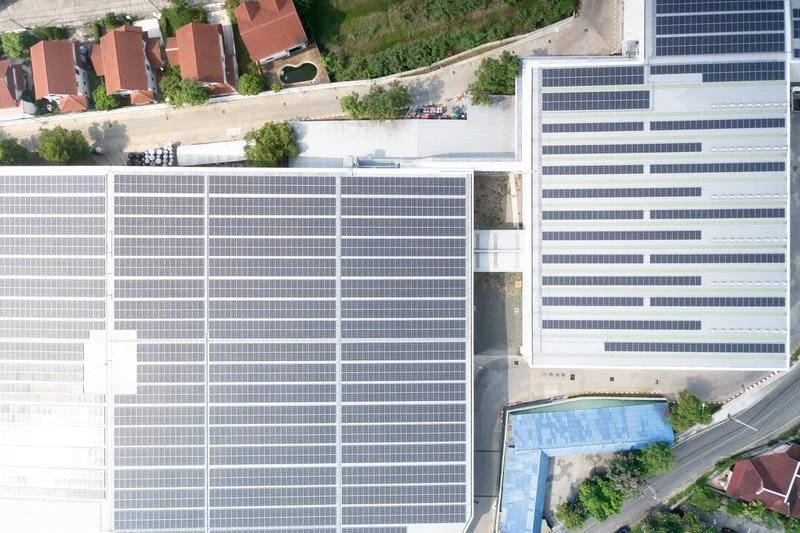
 Afrikaans
Afrikaans Albanian
Albanian Amharic
Amharic Arabic
Arabic Armenian
Armenian Azerbaijani
Azerbaijani Basque
Basque Belarusian
Belarusian Bengali
Bengali Bosnian
Bosnian Bulgarian
Bulgarian Catalan
Catalan Cebuano
Cebuano Chichewa
Chichewa Chinese (Simplified)
Chinese (Simplified) Chinese (Traditional)
Chinese (Traditional) Corsican
Corsican Croatian
Croatian Czech
Czech Danish
Danish Dutch
Dutch English
English Esperanto
Esperanto Estonian
Estonian Filipino
Filipino Finnish
Finnish French
French Frisian
Frisian Galician
Galician Georgian
Georgian German
German Greek
Greek Gujarati
Gujarati Haitian Creole
Haitian Creole Hausa
Hausa Hawaiian
Hawaiian Hebrew
Hebrew Hindi
Hindi Hmong
Hmong Hungarian
Hungarian Icelandic
Icelandic Igbo
Igbo Indonesian
Indonesian Irish
Irish Italian
Italian Japanese
Japanese Javanese
Javanese Kannada
Kannada Kazakh
Kazakh Khmer
Khmer Korean
Korean Kurdish (Kurmanji)
Kurdish (Kurmanji) Kyrgyz
Kyrgyz Lao
Lao Latin
Latin Latvian
Latvian Lithuanian
Lithuanian Luxembourgish
Luxembourgish Macedonian
Macedonian Malagasy
Malagasy Malay
Malay Malayalam
Malayalam Maltese
Maltese Maori
Maori Marathi
Marathi Mongolian
Mongolian Myanmar (Burmese)
Myanmar (Burmese) Nepali
Nepali Norwegian
Norwegian Pashto
Pashto Persian
Persian Polish
Polish Portuguese
Portuguese Punjabi
Punjabi Romanian
Romanian Russian
Russian Samoan
Samoan Scottish Gaelic
Scottish Gaelic Serbian
Serbian Sesotho
Sesotho Shona
Shona Sindhi
Sindhi Sinhala
Sinhala Slovak
Slovak Slovenian
Slovenian Somali
Somali Spanish
Spanish Sundanese
Sundanese Swahili
Swahili Swedish
Swedish Tajik
Tajik Tamil
Tamil Telugu
Telugu Thai
Thai Turkish
Turkish Ukrainian
Ukrainian Urdu
Urdu Uzbek
Uzbek Vietnamese
Vietnamese Welsh
Welsh Xhosa
Xhosa Yiddish
Yiddish Yoruba
Yoruba Zulu
Zulu